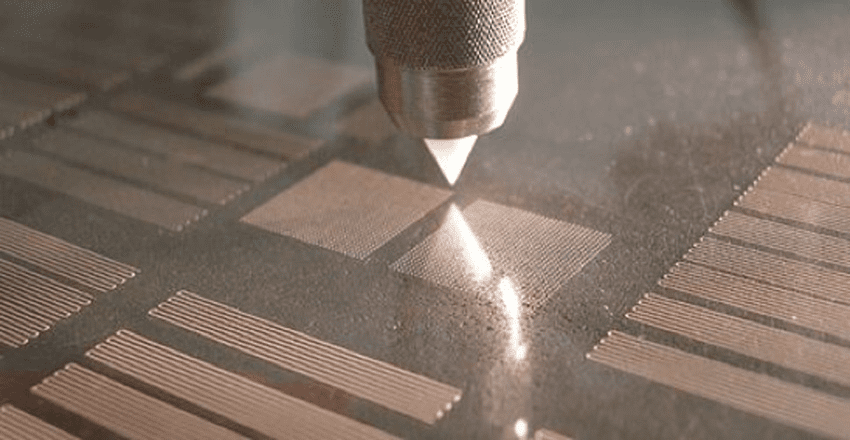NASA has selected nScrypt’s 3Dn tabletop Factory in a Tool (FiT) for printing 3D print and 3D contour print silver and other conductive materials to support intelligent flight systems research at NASA’s Langley Research Center (LARC) in Hampton, Virginia. The system will be used specifically, for the creation of 3D antennas, sensors, and transmission lines on 3D surfaces at different angles. Creating 3D antennas and printing conformal antennas on non-flat surfaces are the top objectives of the NASA research project.
NASA selected a 3Dn-Tabletop (Dual-Head), multi-material, precision ball screw motion platform, which will be outfitted with a SmartPumpTM microdispensing tool head, nFD material extrusion tool head, and nVision cameras that monitor the tool heads for automated in-process monitoring. The system also includes a point laser height sensor for Z-tracking and surface mapping to enable conformal printing on non-flat surfaces. The system comes with two printer heads and can be upgraded to five tool heads for 3D printing, milling, drilling, polishing, and picking and placing components onto a conformal surface with automatic tool changes. This platform is capable of laser processing, sintering, heating, UV Curing, mapping, and machine vision.
The SmartPumpTM microdispensing tool head eliminates drooling with pico-liter volumetric control. Its pen tip has the smallest commercially available diameter, 10 microns. The printer allows control of the volume of the printing material down to 100 picoliters for a wide range of viscosity and materials, from liquid inks, to pastes, epoxies, and conductive materials.


